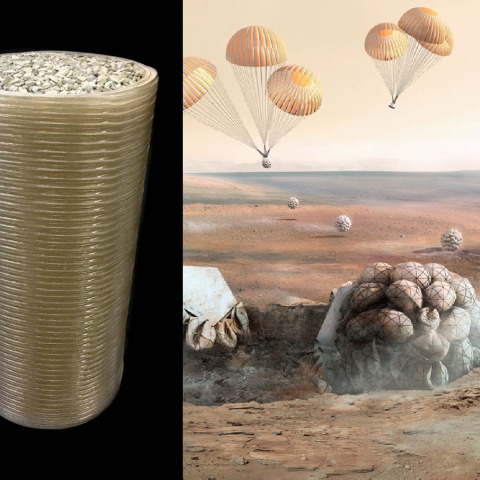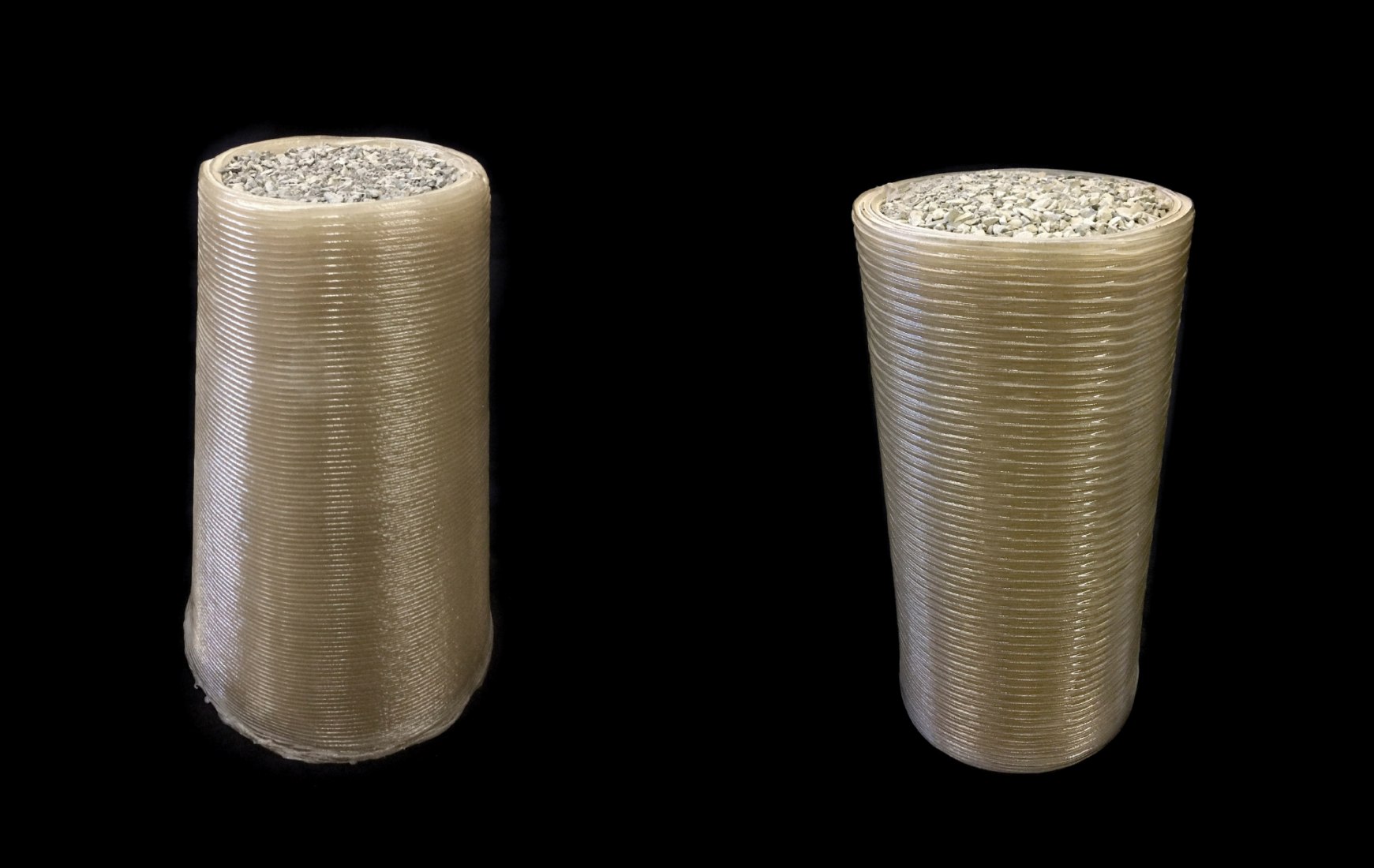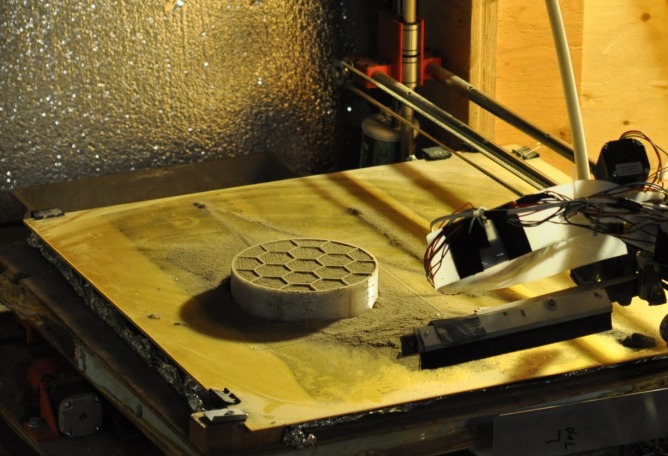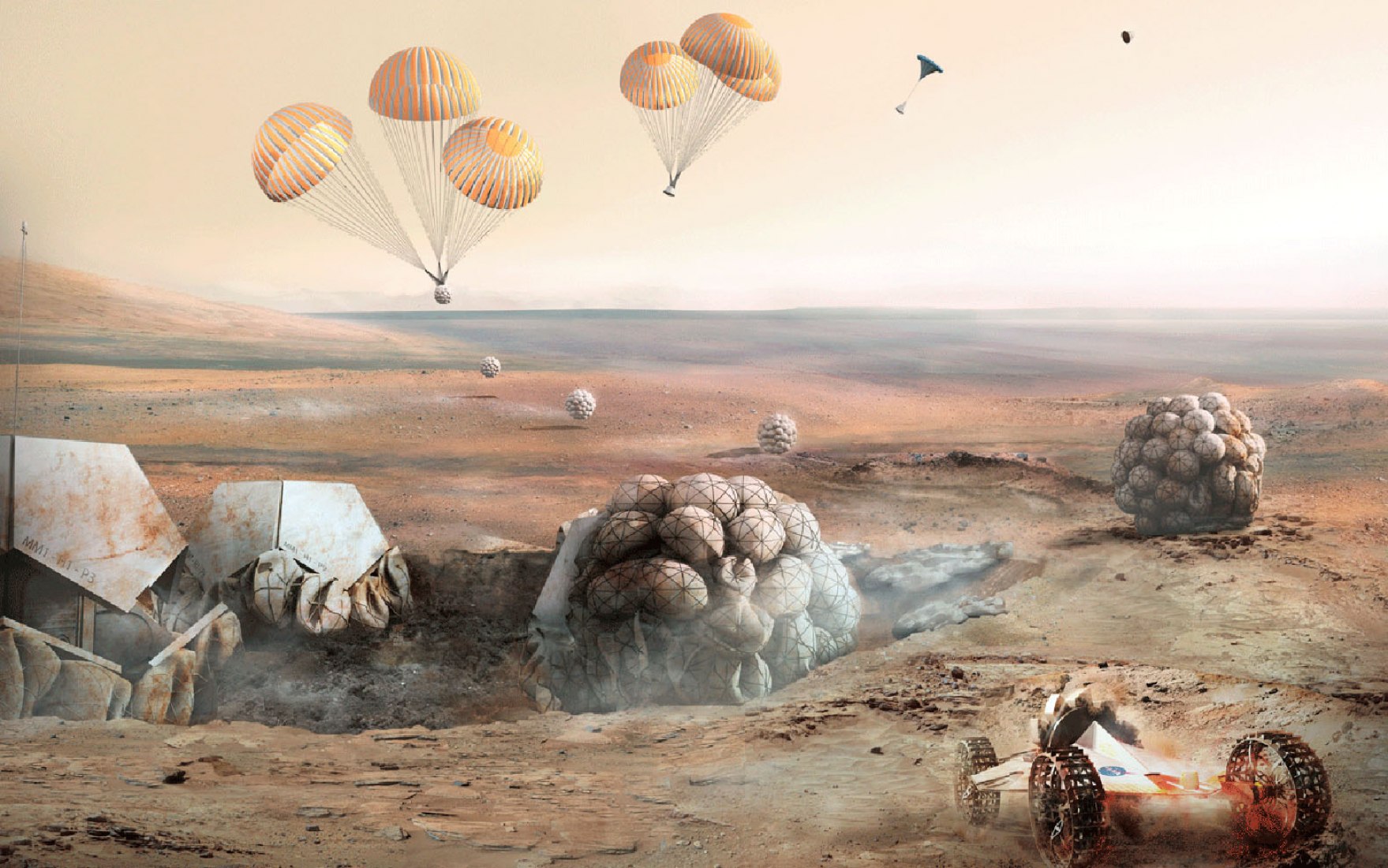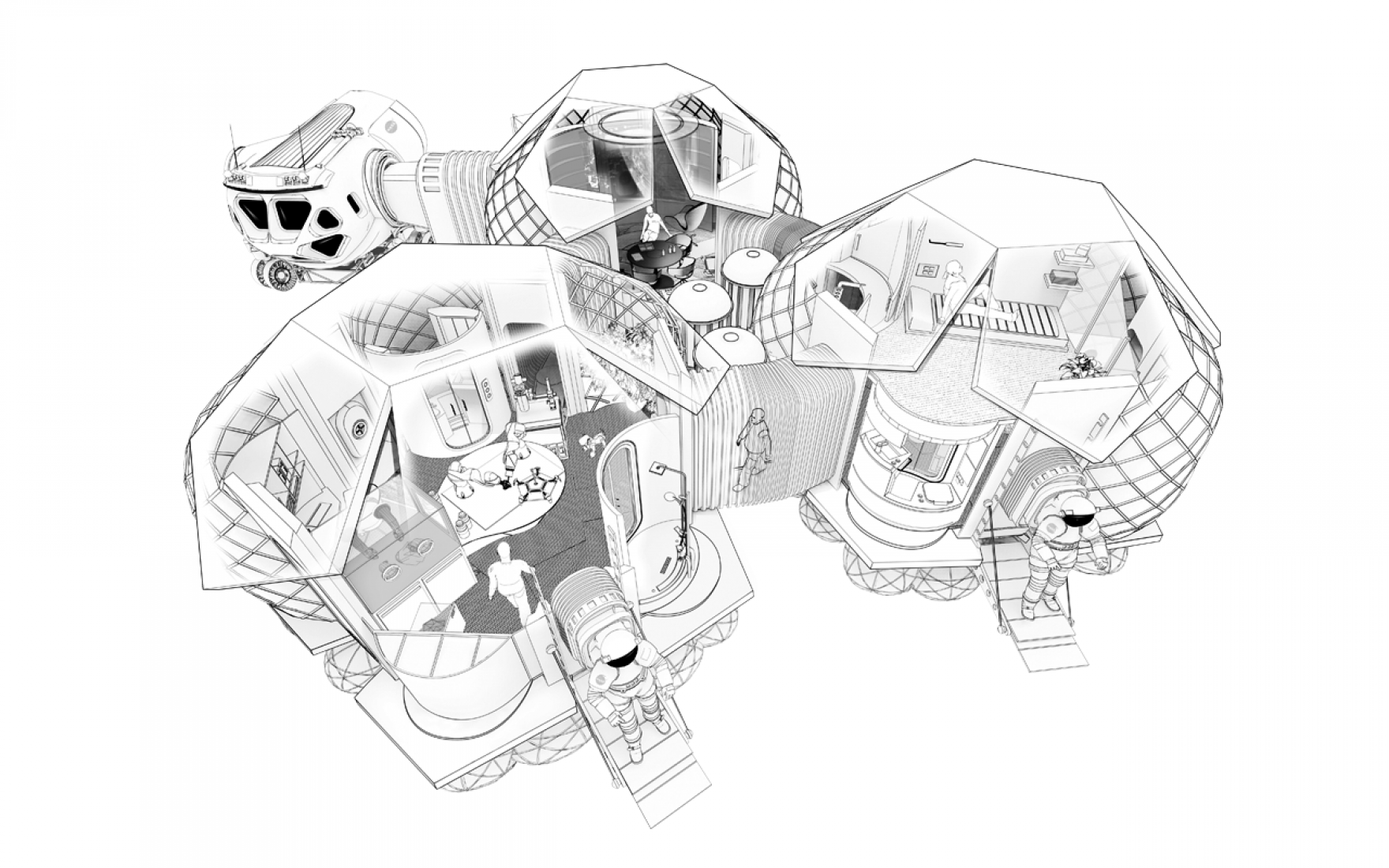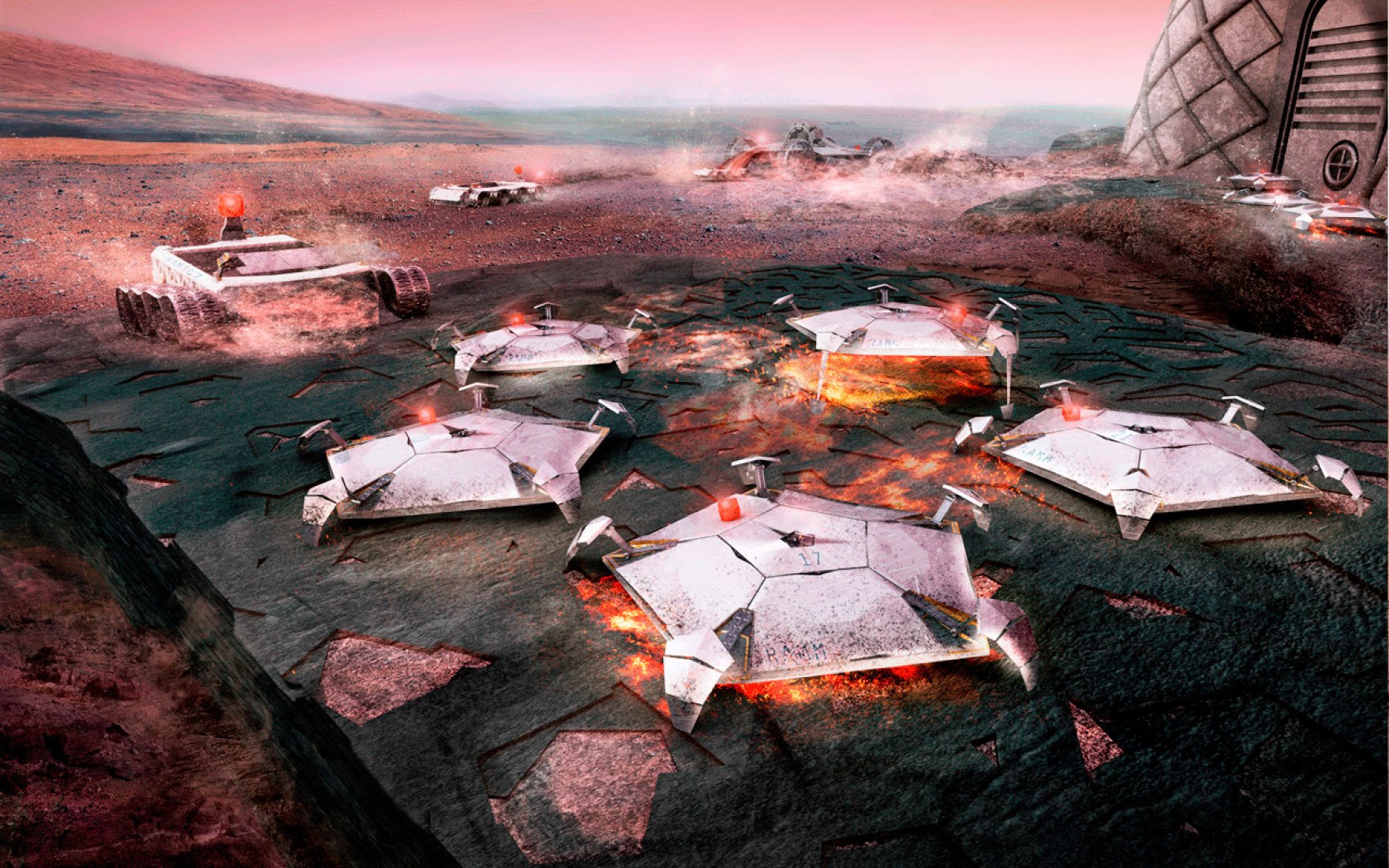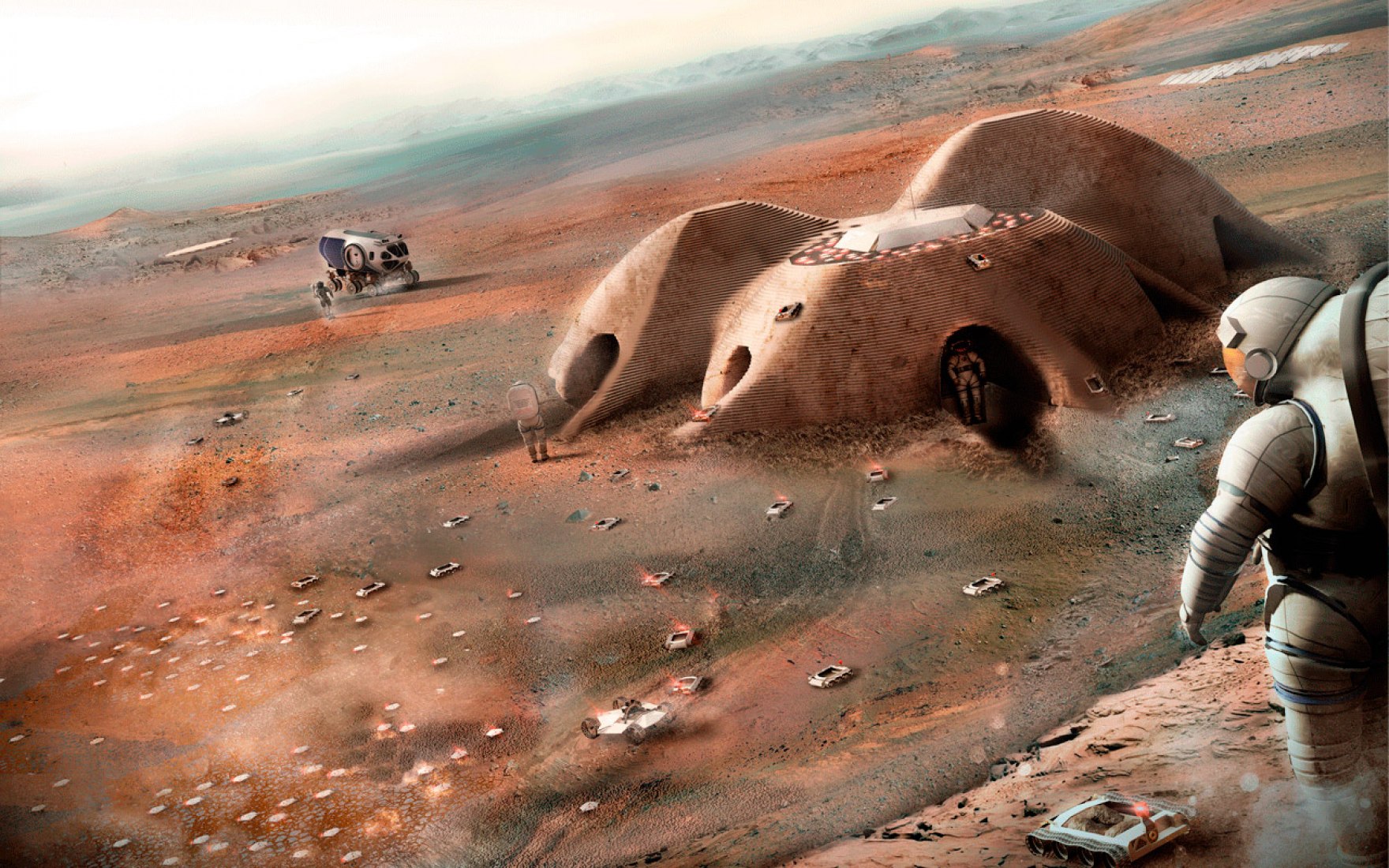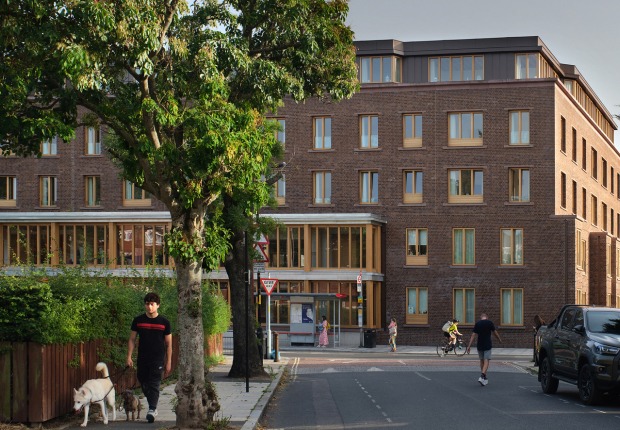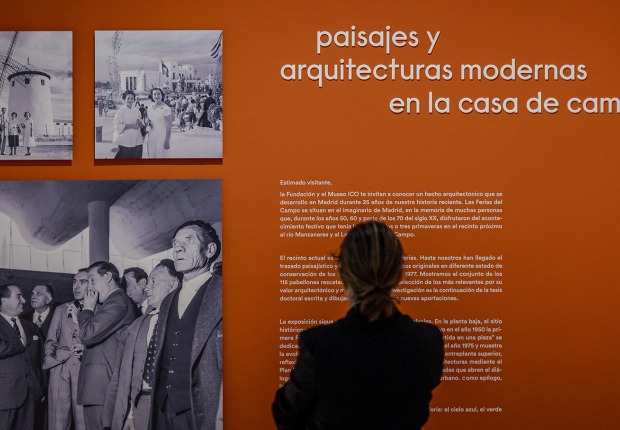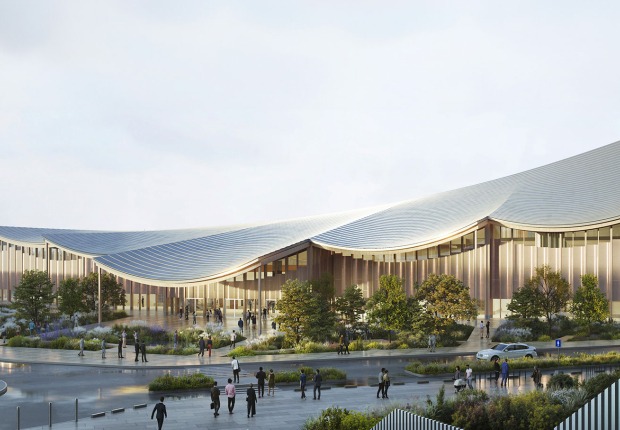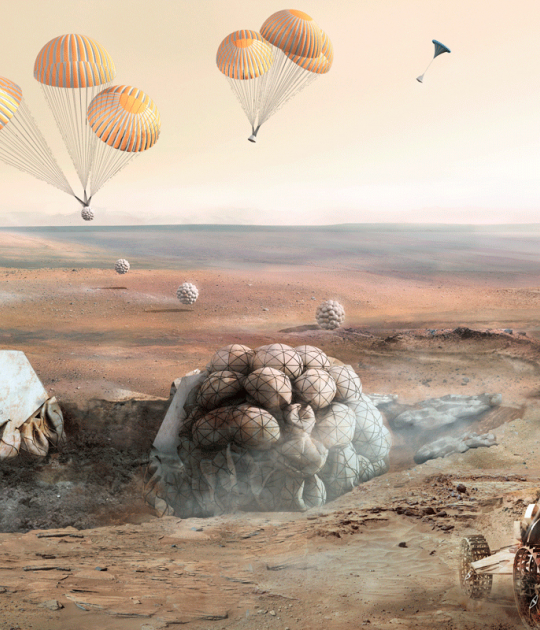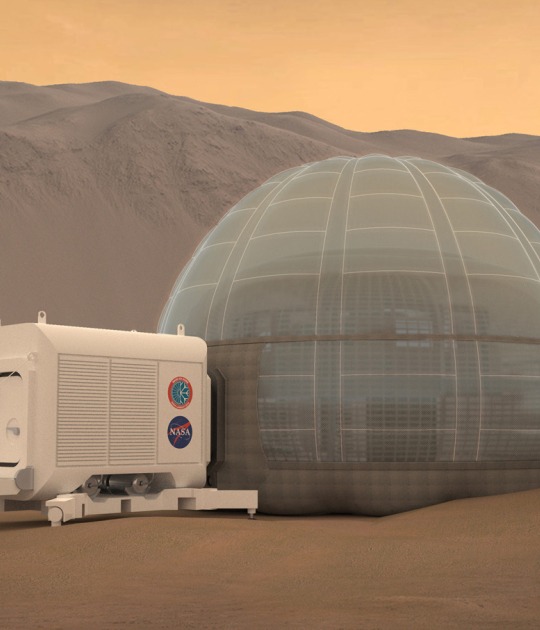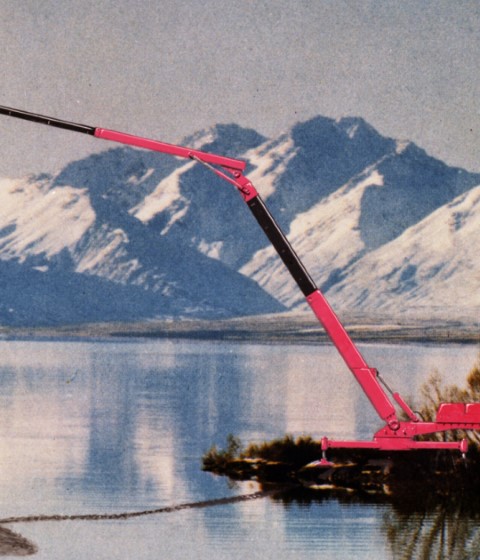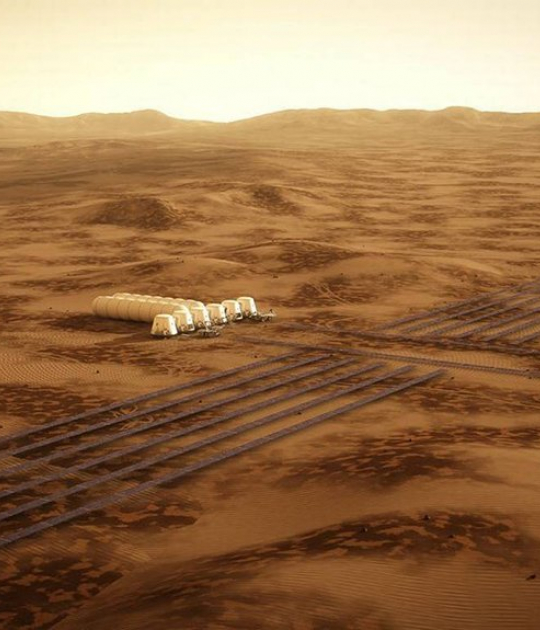Seven teams working on technology that could someday be used to create habitats from materials on other worlds have completed the first printing segment of NASA’s 3D-Printed Habitat Challenge. NASA has awarded $100,000 to the two top-scoring teams from this stage. Point-based awards were made to Foster + Partners | Branch Technology of Chattanooga, Tennessee, who earned $85,930, and the University of Alaska, Fairbanks, earning $14,070. Phase 2: Level 1 Competition is organized by NASA and Bradley University.
While the final shelter will be a complex assembly of smaller building elements, the focus through the various stages of the challenge is to design and test individual prototypical building elements that can help demonstrate the suitability of the entire process from manufacture to construction and structural performance.
As part of this stage of the competition, teams were asked to use recycled mission materials and indigenous Martian regolith (soil) together to 3D-print a truncated cone and a cylinder, which were then subjected to compression testing to assess their suitability as structural components. Foster + Partners has been looking at the engineering geometry of the structures, while Branch Technology have brought their expertise with 3D-printing materials and methods to the project.
Developing optimized solutions that are specifically designed for the complexities of space travel, each of the proposals balances cost, weight, and structural performance against the stringent requirements of the long-term goal of extra-terrestrial habitation.
Having successfully completed Level 1, the team will now work toward the Level 2 Competition submission at the end of May, in which a beam will be printed to test spanning structures.
